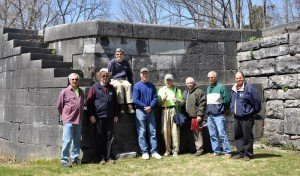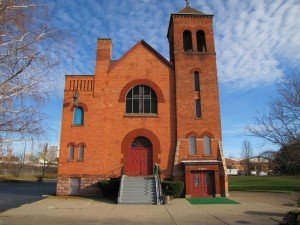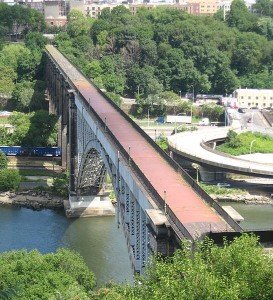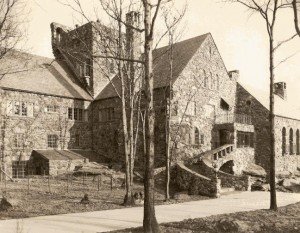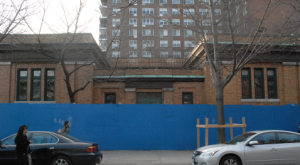 This year the Historic Districts Council launched a new campaign to combat the potential loss of historic community libraries. The campaign is expected to lead to the nomination of all the New York City Carnegie Libraries to the New York State and National Register of Historic Places.
This year the Historic Districts Council launched a new campaign to combat the potential loss of historic community libraries. The campaign is expected to lead to the nomination of all the New York City Carnegie Libraries to the New York State and National Register of Historic Places.
Listing on the Registers would both provide a variety of incentives for the libraries: they would be eligible for special funding of capital needs, appropriate alterations, renovations or restorations would have the added benefit of guidance from the New York State Office of Historic Preservation (SHPO) and protections: demolitions or serious alterations would be reviewed and discouraged by SHPO, and communities would be given a clear path to weigh in their concerns.
Several of the Carnegies, including Brooklyn’s Macon with and Bedford branches, Manhattan’s St. Agnes and 67th Street branches, and the Bronx’s Hunt’s Point and Mott Haven branches have been renovated in recent years, adding state of the art technology while restoring period details and providing improved public access.
The Historic Districts Council is hoping to raise $15,000 to complete the National Register nominations. To Make a donation to the Campaign to Preserve the Carnegie Libraries click here.
Photo: An Elmhurst Carnegie Library opened in 1906 and demolished in 2012.




